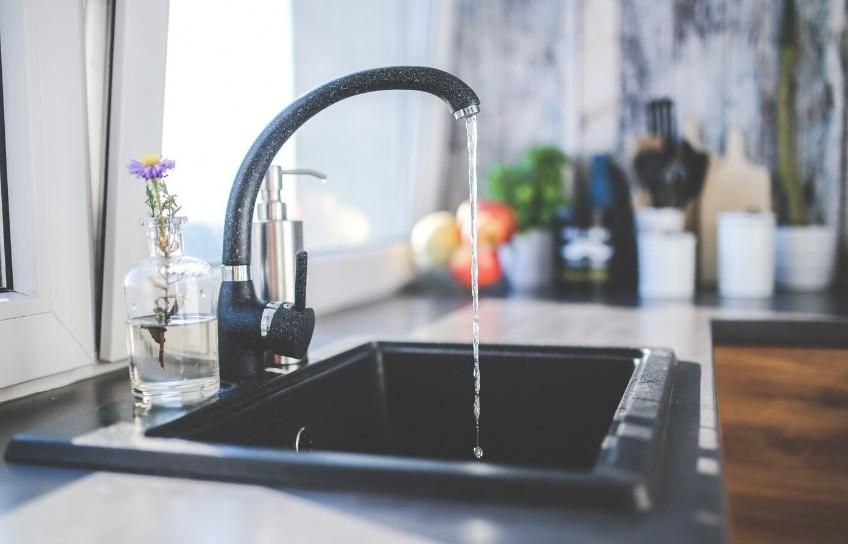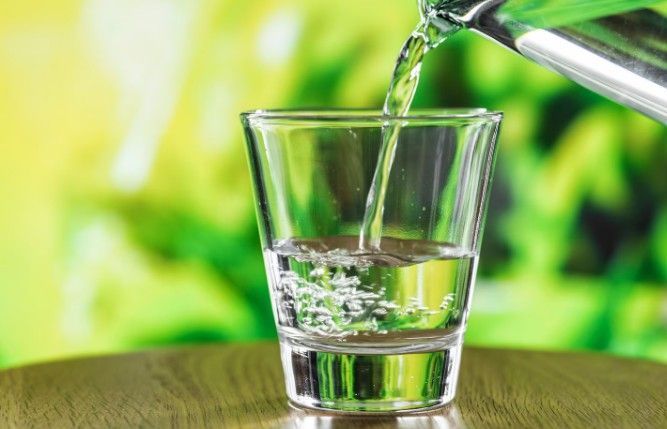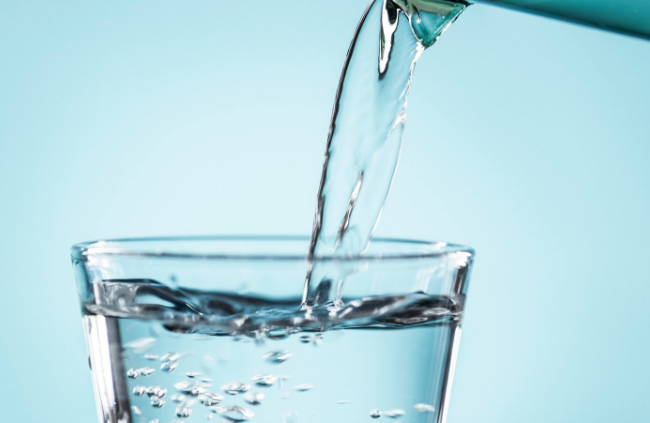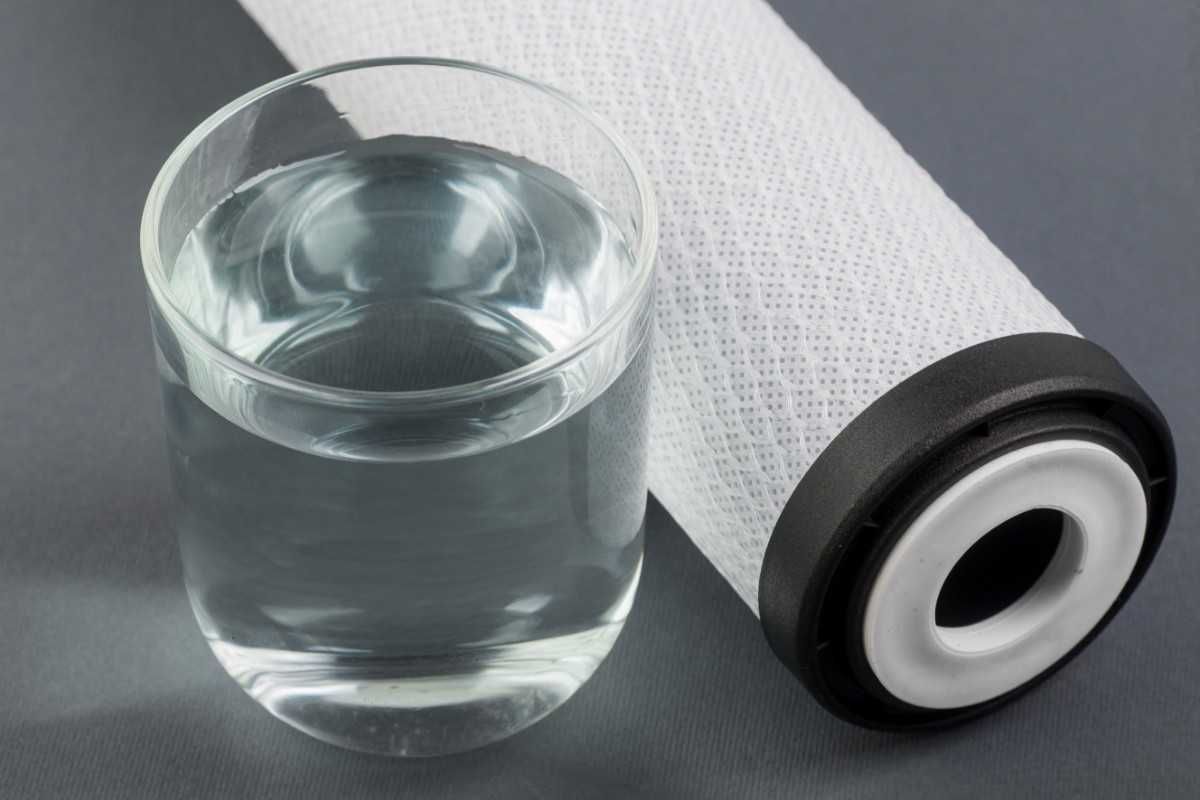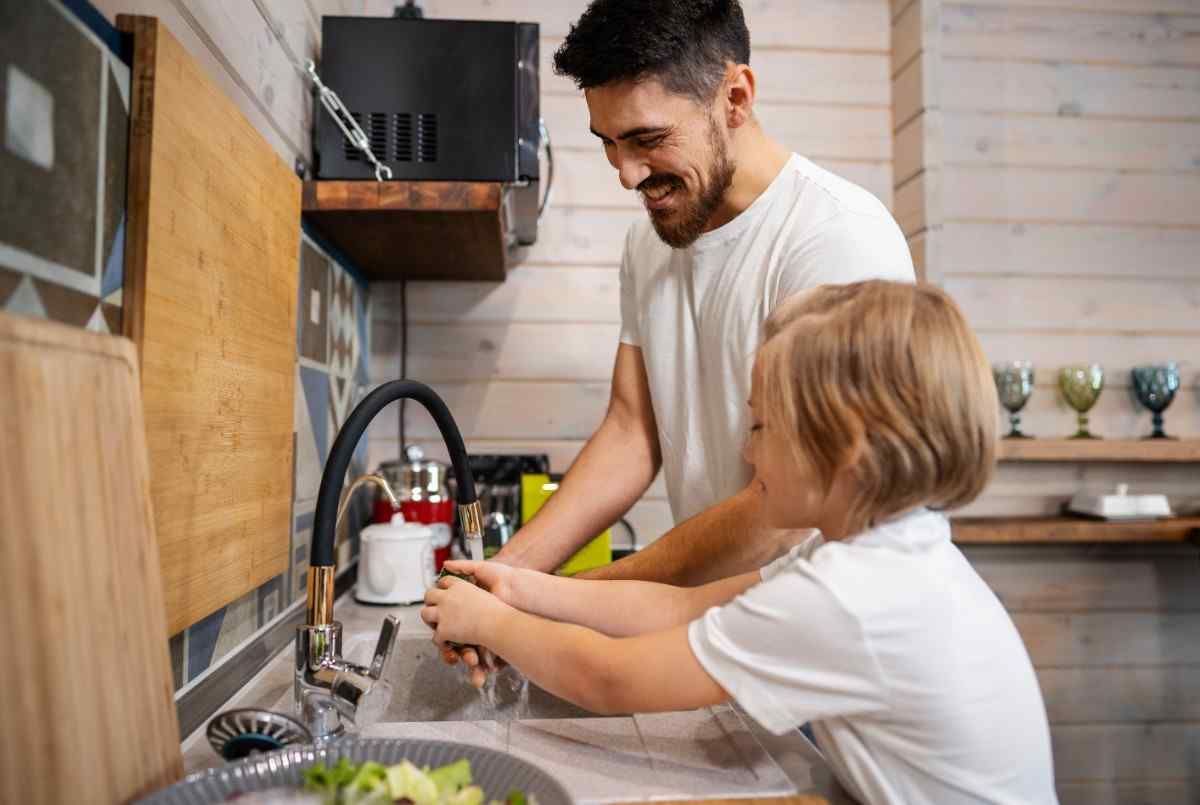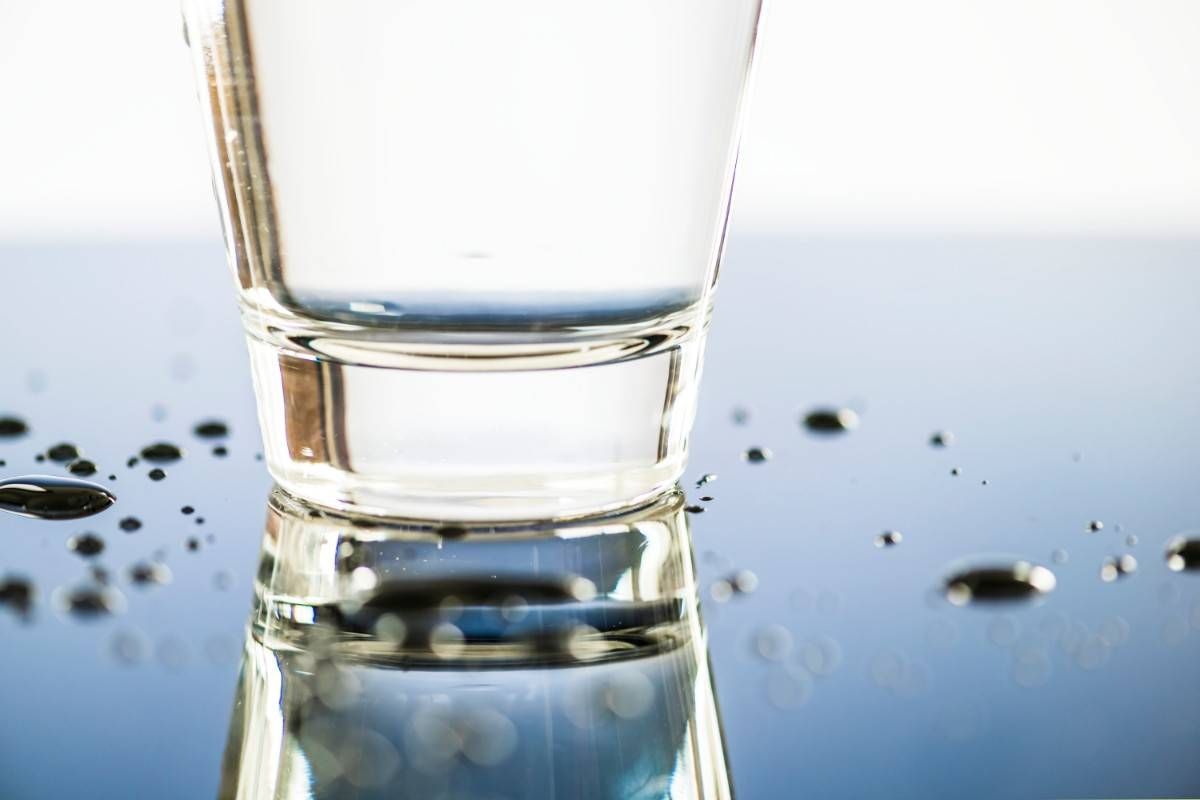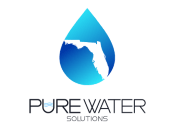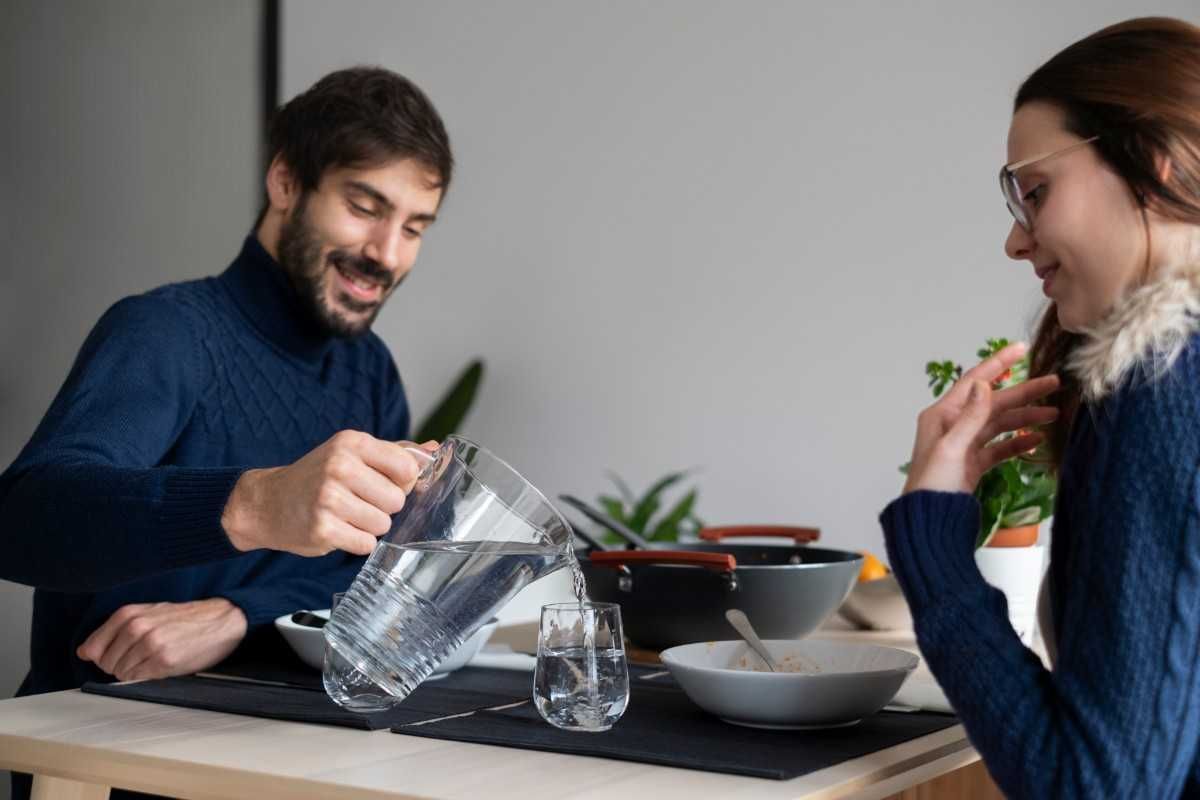What Makes a Reverse Osmosis System the Best? Key Features to Look For
This is a subtitle for your new post
If you're looking into reverse osmosis systems, chances are you’re tired of bottled water or worried about what’s really coming out of your tap. And you’re not wrong. Your drinking water can be significantly improved with a reverse osmosis (RO) system. But with so many options out there, how do you actually know which one’s worth your money?
Let’s walk through the features that make the best reverse osmosis system stand out. No complicated jargon, just what actually matters when you're choosing one.
Start With the Filtration Stages
This is the heart of any RO system. If you're just looking at one with two or three filters, it’s not going to cut it. You want a system with at least four stages of filtration, ideally more.
Here's a quick idea of what those usually look like:
- A sediment filter catches dirt, sand, and rust
- A carbon block filter handles chlorine and chemical smells
- The RO membrane removes heavy metals, lead, fluoride, and more
- The water's flavor is improved by a post-carbon filter.
Some high-end systems even have a remineralization stage to add back healthy minerals like calcium and magnesium. That’s a nice touch if your water feels “flat” after purification.
Pay Attention to Water Output
Some systems purify water slowly. Like, painfully slow. And if you’ve got a family or you drink a lot of water, low flow will get frustrating fast.
The best reverse osmosis system should give you at least 75 gallons per day, and more if you have a bigger household. It also helps if it comes with a booster pump, especially if your water pressure isn’t great to begin with. Low pressure = slow filtration.
Tank vs. Tankless: Think About Space
Older systems often come with a storage tank, which is great if you want water ready to go at all times. The downside? It takes up space under your sink.
Tankless systems are compact, look sleeker, and usually come with smart features. Just know that they might depend a bit more on water pressure and electricity. Neither one is better for everyone. It really depends on what your kitchen looks like and how much space you can give up.
Make Sure It’s Easy to Maintain
This one gets overlooked a lot. Don’t pick a system that needs a full toolkit and a YouTube tutorial every time you change the filter. Look for something with twist-and-click filters or clear instructions.
Some systems even tell you when it’s time to change the filters with little indicator lights. That saves you from guessing and avoids drinking water that's not as clean as it should be.
Check for Certifications
This part matters more than the fancy packaging. The best reverse osmosis system should be NSF certified or have similar safety approvals. That means it's been tested to remove specific contaminants and it actually does what it claims.
Look out for systems that clearly say what they remove, like lead, fluoride, chlorine, or arsenic. If they’re vague about it, skip them.
So, What’s the Bottom Line?
You don’t need the most expensive reverse osmosis model on the shelf. What you really need is a reverse osmosis system that filters well, works fast, fits your space, and doesn’t give you a headache every time you need to change a filter.
Once you find a reverse osmosis system that ticks those boxes, you’re set. Clean, reliable water on demand is one of those simple things that makes a huge difference, and getting it right from the start just saves you trouble later.
